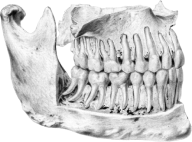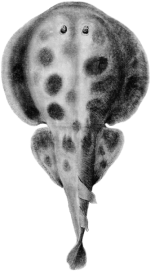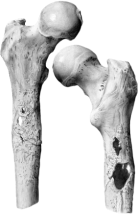
John Hunter – The Making of a Surgeon
How did John Hunter become a surgeon? This room explores Hunter's early career, working at his brother William's anatomy school before enlisting as an army surgeon, his partnership with the dentist James Spence, and appointment as surgeon to St George’s Hospital.

William Hunter (1718–1783)
by Robert Edge Pine, 1760s

John Hunter (1728–1793)
by Robert Home, early 1770s


